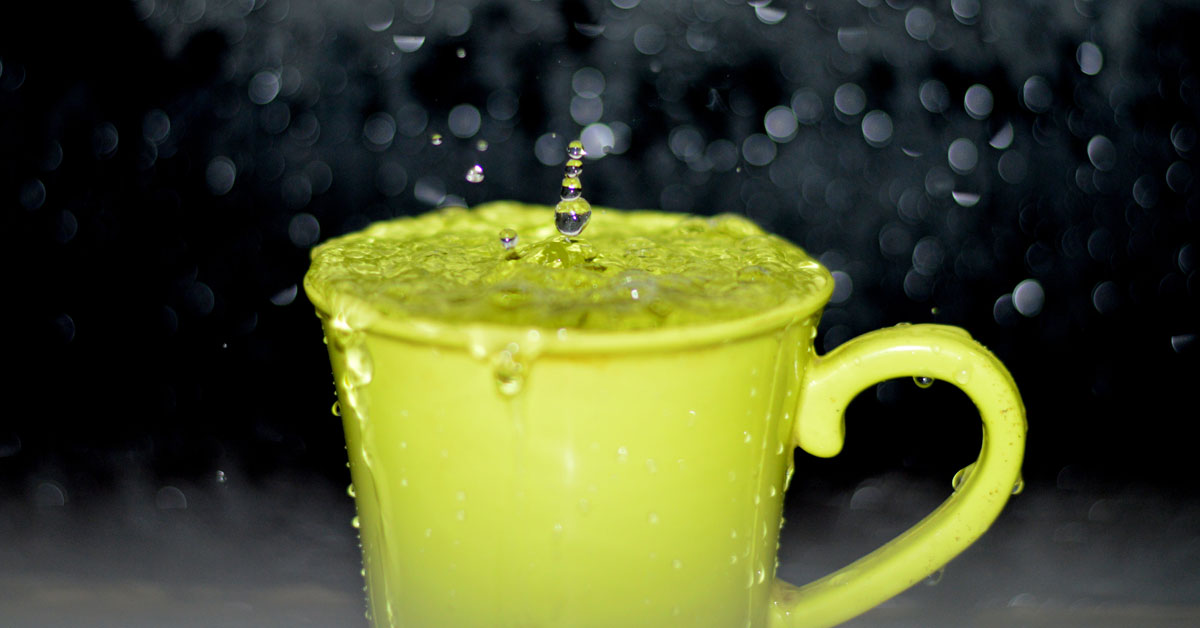In the United States, water damage is the second most frequent reason for an insurance claim, accounting for around $11 billion each year. From burst pipes to accidental spills, a facility’s carpet may experience water damage within its lifetime. While wet carpet can produce unpleasant odors and discolorations, it can also be dangerous. Depending on the circumstances of the space and water damage, the Environmental Protection Agency (EPA) suggests that mold and bacteria can begin to form in wet carpet as soon as 24-48 hours.
The Dangers of Carpet Water Damage
When mold and bacteria begin to grow, carpet will take on a musty scent and show signs of unusual black, white or green discolored patches. This can quickly impact indoor air quality, causing employees or guests to experience increased allergy symptoms, such as irritation to eyes, throat and skin, as well as frequent sneezing and coughing. In severe cases, mold can lead to lung infections and other-life threatening situations.
If the water damage and mold growth is significant, the facility will likely need to remove and replace the areas of carpet affected by excessive moisture. From hiring a firm to properly remove carpet and clean floors to purchasing and installing new carpet, the financial burden of replacing carpet can be significant and cut into a company’s budget. Additionally, carpet replacement often requires businesses to close off certain sections of the space, or the entire facility, for at least 24 hours. This can directly impact the bottom line.
When it comes to addressing carpet water damage, it’s important to work with a firm that has been certified by the Institute of Inspection Cleaning and Restoration Certification (IICRC). Once facility managers have the proper water removal and drying processes in place, they should monitor carpet on a daily basis until it returns to normal. It’s important to keep people from walking on carpet as it dries, as added weight can prevent it from completely drying. Facilities can use floor drying fans, air movers and commercial dehumidifiers to help carpet dry faster and prevent mold growth.
Low-moisture Carpet Care
After carpet has returned to its normal state and all areas have been confirmed dry, carpet should be thoroughly cleaned. It’s important to stay away from cleaning procedures that add additional water to carpet, such as heated carpet extractors and bonneting. Limiting moisture is key to keeping carpet in excellent condition, as carpet fibers can be extremely absorbent.
Instead, facility managers should seek out low-moisture carpet cleaning systems. Low-moisture encapsulation technology allows employees to clean carpet quickly and effectively while limiting added moisture. This method, when paired with low-residue crystalizing chemistry, eliminates sticky residues, unpleasant odors and re-occurring carpet stains.
Follow these best practices to ensure carpet remains in excellent condition, even after water damage:
- Vacuum regularly. One of the best ways to protect carpet is by vacuuming. Dirt and debris trapped in carpet fibers can quickly impact its appearance and lifespan. Use Carpet and Rug Institute-certified vacuums that utilize HEPA-filters and are designed for daily use.
- Practice daily maintenance. Remind staff to always look down. If they notice a stain, they should have a spotting toolkit on hand to address it right away. After all, the longer a stain sits, the more likely it is to become permanent.
- Implement a carpet care program. While some carpet care programs require heavy equipment and lengthy processes, there are carpet care programs designed to be user-friendly and enhance productivity. Implement ergonomic equipment that is lightweight and easy to operate and maneuver.
- Deep clean when necessary. Carpet should be deep cleaned once per year through hot water extraction. Use a reliable and trusted service to ensure hot water extraction is performed and dried promptly.
Preparing for the Future
Even after a thorough cleaning, spots may continue to appear after water damage. If you notice a stubborn spot, make sure to use the right type of chemistry and a spotting toolkit to effectively remove it.
Another good habit to reinforce is for staff to monitor carpet near sources of water. There’s nothing worse than stepping on wet carpet, only to realize it’s due to a mysterious leak. Carpet near maintenance closets, water heaters, sinks and other sources of water should be checked regularly. If an employee notices any moisture, it’s important to prioritize stopping the leak and drying the carpet.
It’s difficult to prepare for the unknown, but preventative measures and emergency plans can help. Keep the contact information for local professionals who are certified to handle water damage on hand and update it at least once per year. Make sure all facility managers have access to this information and that they understand what to do in case of an emergency.

